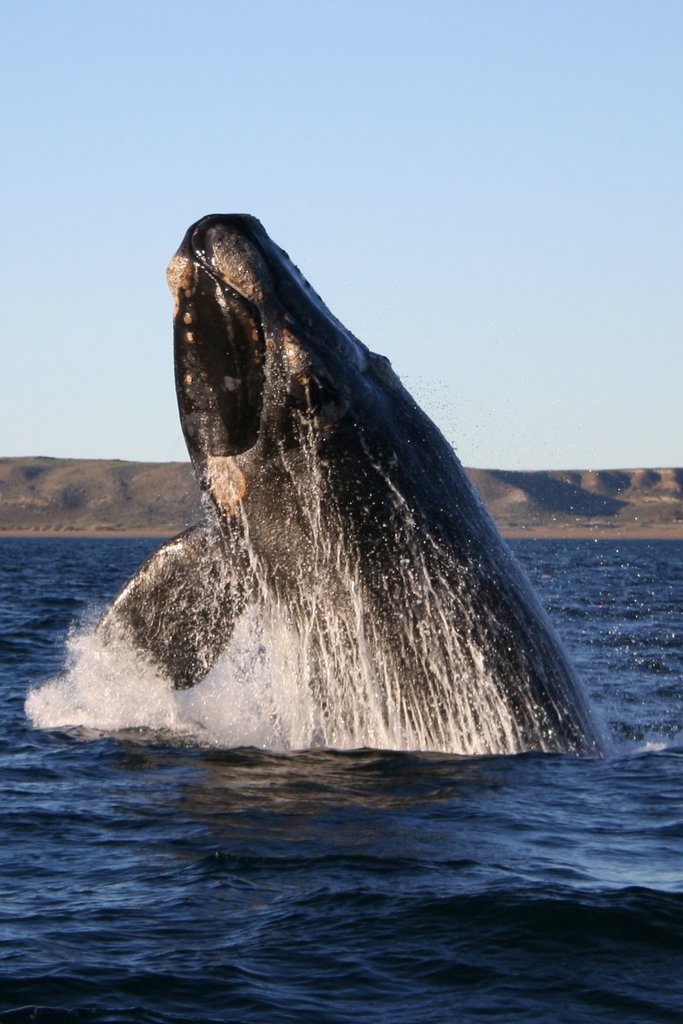Between a Rock and a Wet Place
It may not seem like it, but the waters of the coastal biome are teeming with tiny critters. These organisms are so numerous that for many animals the ocean is one humongous bowl of soup.
There is so much food in the waters near the coast that some animals, like the oyster, don’t even need to move to find it. They just filter all their food straight out of the water.
We call these animals filter feeders.
Because they don’t need to move around, oysters latch onto hard surfaces like rocks. The oyster is stuck to its rock and can’t swim away when something wants to eat it.
When a predator comes to see if oyster is on the menu, the oyster clamps its shell shut with a strong muscle.

A Slow Attack
Locking itself inside its hard shell works most of the time, but there is one predator that can slip past the oyster’s defenses. The sea star (or starfish) also seems like a motionless sea creature, but in the world of the coastal creatures it hunts like a wolf.
A sea star has hundreds of tiny feet that can taste everything they walk over. If they happen to walk over an oyster instead of a rock, they attack! The feet act like little suction cups, grabbing on to both sides of the oyster’s shell and prying it open.
Even if the suction-cup feet can’t completely open the oyster’s shell, the sea star can turn its stomach inside out, and push it through the crack in the oyster’s shell straight into its cushy home. After that, it’s all over. The sea star digests its prey inside the shell, and after it tucks its stomach back in.
Read more at askabiologist.asu.edu

